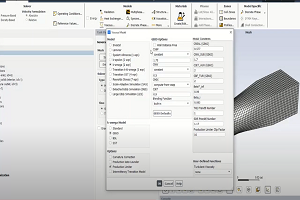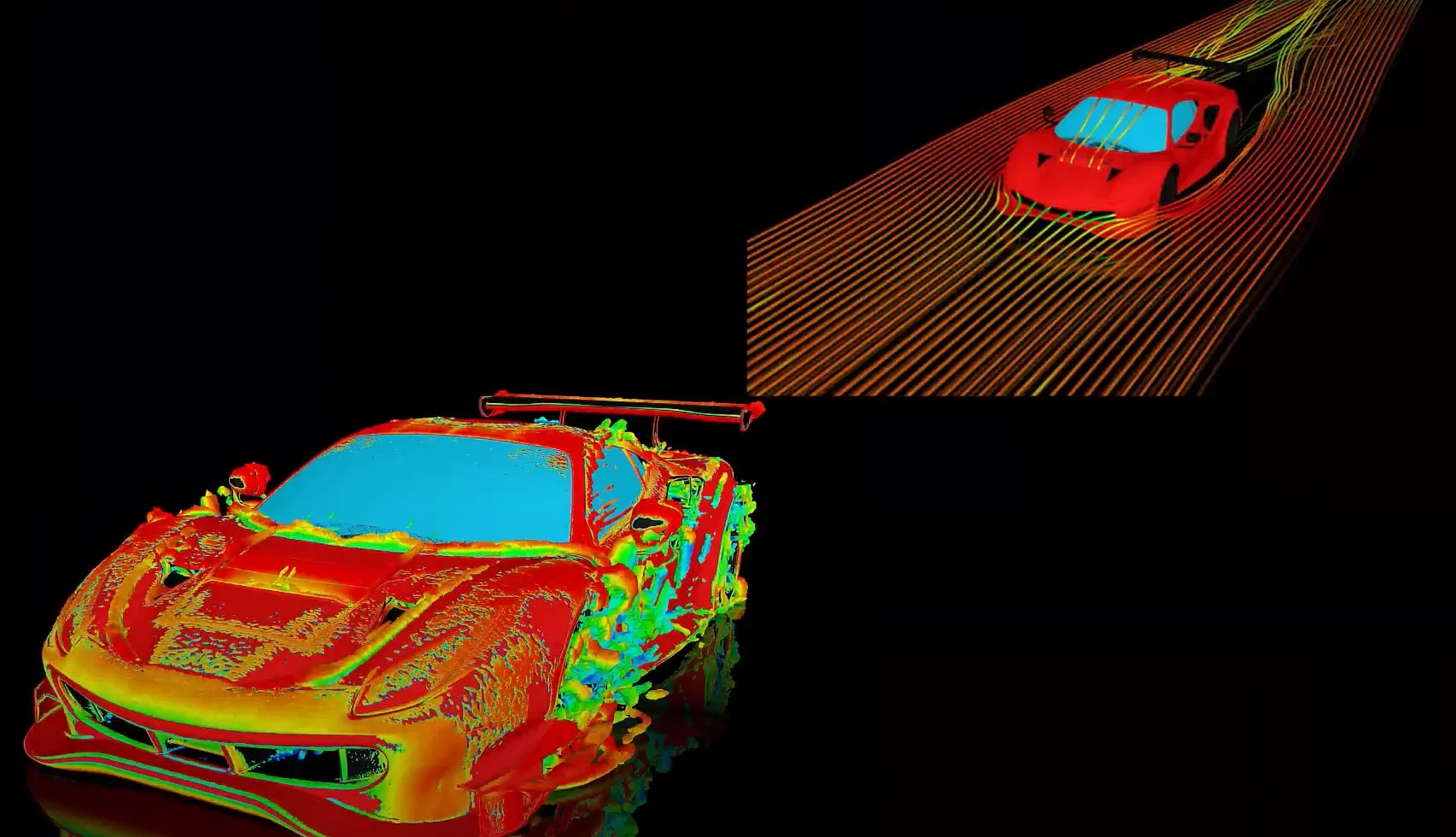Tagged: Explicit - LS-DYNA, export, lsdyna, mechanical, structural-mechanics
-
-
March 17, 2023 at 8:59 am
 FAQParticipant
FAQParticipantThe answer to this question is more related to an explicit implementation rather than the SPH material model itself. In general, CFL or Courant criteria limits the time step of an explicit calculation. It puts a limit on dt that roughly says that the signal cannot travel more than 1 element width in any time step to preserve a sense of history of that signal. i.e., dt < dx/C C= sound speed of the material dx = element width The bigger C is the smaller dt is. C is proportional to K0 ==> Bigger K0 ==> bigger C ==> smaller dt. So, in an SPH simulation, the idea is that we can artificially make the fluid “softer” by lowering its bulk modulus (to achieve bigger dt) as long as we do not change the apparent compressibility of the fluid, hence, we are not changing the physics of the flow. Checking the rho is a way to make sure we do not change the compressibility of the fluid.
-


Introducing Ansys Electronics Desktop on Ansys Cloud
The Watch & Learn video article provides an overview of cloud computing from Electronics Desktop and details the product licenses and subscriptions to ANSYS Cloud Service that are...

How to Create a Reflector for a Center High-Mounted Stop Lamp (CHMSL)
This video article demonstrates how to create a reflector for a center high-mounted stop lamp. Optical Part design in Ansys SPEOS enables the design and validation of multiple...

Introducing the GEKO Turbulence Model in Ansys Fluent
The GEKO (GEneralized K-Omega) turbulence model offers a flexible, robust, general-purpose approach to RANS turbulence modeling. Introducing 2 videos: Part 1 provides background information on the model and a...

Postprocessing on Ansys EnSight
This video demonstrates exporting data from Fluent in EnSight Case Gold format, and it reviews the basic postprocessing capabilities of EnSight.

- How do I request ANSYS Mechanical to use more number of cores for solution?
- How to deal with “”Problem terminated — energy error too large””?”
- How to restore the corrupted project in ANSYS Workbench?
- Contact Definitions in ANSYS Workbench Mechanical
- There is a unit systems mismatch between the environments involved in the solution.
- How to transfer a material model(s) from one Analysis system to another within Workbench?
- How to obtain force reaction in a section ?
- How can I change the background color, font size settings of the avi animation exported from Mechanical? How can I improve the resolution of the video?
- The LS-DYNA equivalent of *MODEL_CHANGE card (in ABAQUS). Which keywords can be used to introduce(activate)/delete(deactivate) elements in the middle of a calculation (at user-specific time/load steps).
- How to resolve “Error: Invalid Geometry”?

© 2025 Copyright ANSYS, Inc. All rights reserved.

